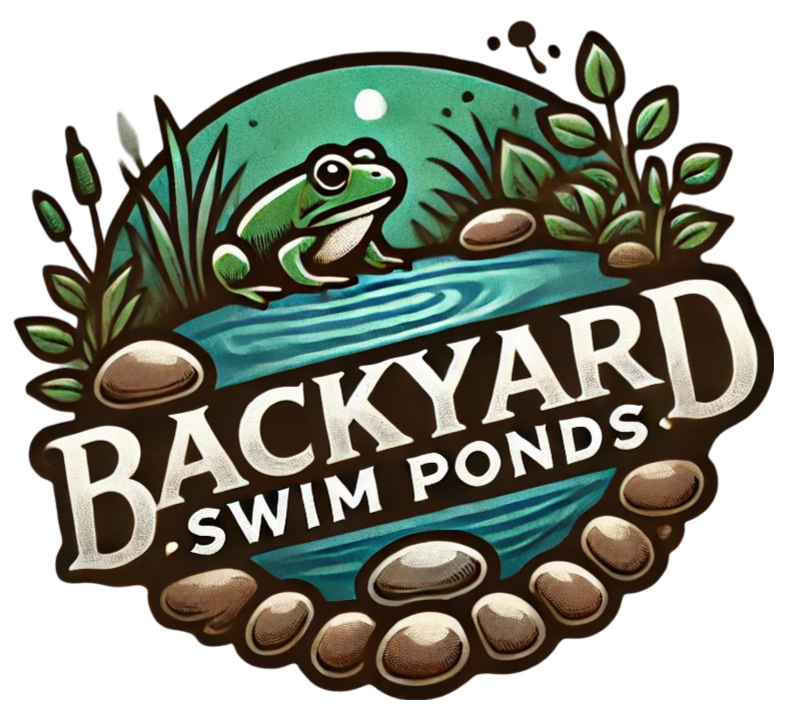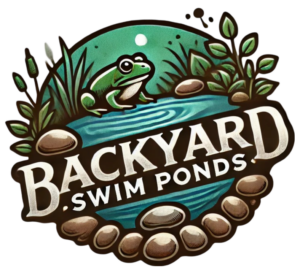Creating a sustainable swimming pond that features edible aquatic plants is a rewarding project for eco-friendly home gardeners and pond enthusiasts. Not only do these ponds provide a place to swim, but they also promote biodiversity and contribute to a sustainable lifestyle. By incorporating edible plants like watercress and water mint, you can enhance the beauty of your pond while benefiting the ecosystem. This guide provides essential information on how to design, implement, and maintain a sustainable swimming pond.
Begin Your Journey into Sustainable Swimming Ponds
Sustainable swimming ponds are designed to mimic the natural filtration processes found in lakes and streams. They utilize plants for cleaning and purifying the water, thereby minimizing the need for chemicals and extensive maintenance. The average cost of building such a pond typically ranges from $75,000 to $150,000; however, the long-term ecological and financial benefits far outweigh this initial investment.
In addition to their environmental advantages, edible plants increase the pond’s aesthetic appeal and provide a source of fresh produce. By carefully selecting and integrating these plants, you promote an environmentally friendly home, transforming your pond into a source of healthy food and a vital ecosystem.
Description: A beautifully designed sustainable swimming pond showcasing the integration of edible plants. (Source: Reflections Water Gardens)
Choosing the Right Edible Plants for Your Pond
When selecting edible plants for your sustainable swimming pond, consider options such as watercress and water mint. These plants thrive in shallow water and help filter out excess nutrients, thus preventing potential algae problems.
Aim for a water depth of 10 to 30 cm (approximately 4 to 12 inches) for optimal growth. Additionally, position these plants in the regeneration zone, which should constitute about 30-50% of your pond’s surface area. This setup will support plant health and enhance the overall aesthetics of your pond.
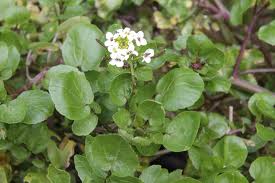
Description: Image of watercress, an ideal edible aquatic plant for sustainable ponds. (Source: Green Life Soil Co.)
Design Techniques for Optimal Plant Integration
To maximize the benefits of your edible plants, you can implement effective design techniques. For example, using floating planters simplifies the introduction and relocation of plants as needed. This flexibility makes maintenance easier and encourages a balanced ecosystem.
Regularly harvesting your plants promotes new growth and helps maintain water quality. By strategically placing these plants in dedicated regeneration zones, you create a harmonious blend of aesthetics and function within your pond.

Description: A diagram illustrating sustainable pond layout highlighting plant placement and swimming areas. (Source: Town & Country Living)
Ensuring Water Quality for Safety and Health
Maintaining water quality is essential for both swimmer safety and plant health. Regular testing for E. coli levels, pH, and nutrient concentrations should be part of your maintenance routine. E. coli levels must remain below 235 CFU per 100 mL to ensure safe swimming conditions.
It’s advisable to avoid chemical fertilizers, which could harm the pond ecosystem. Instead, focus on organic management methods for nutrient balance. Having a structured maintenance and harvesting routine is crucial for keeping the water clean, allowing your pond to be both an enjoyable swimming area and a healthy ecosystem.

Description: A chart of water quality parameters essential for maintaining healthy swimming conditions. (Source: ResearchGate)
Sustainable Living Through Edible Aquatic Plants
Incorporating edible aquatic plants into your swimming pond supports a sustainable lifestyle. Not only do they offer a fresh source of food, but they also play a vital role in enhancing the ecological balance of your pond. Plants like watercress can significantly improve nutrient cycling, contributing to water clarity and overall health.
Making it a habit to regularly harvest these plants will not only promote their growth but also help prevent overgrowth. In this way, you foster a productive environment that benefits both your household and the local ecosystem.
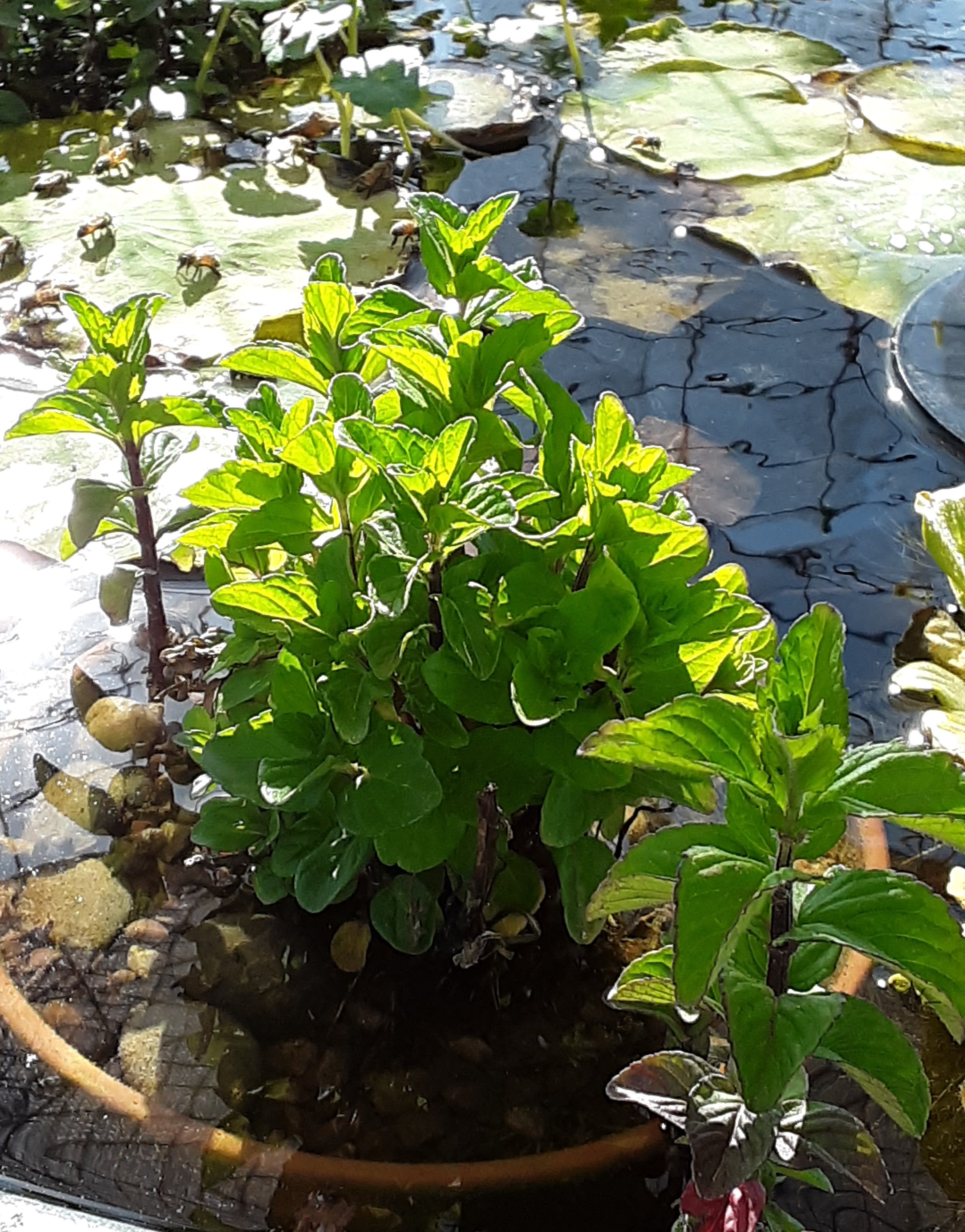
Description: A collection of harvested edible aquatic plants ready for culinary use. (Source: Den Garden)
Navigating Regulations for Your Pond Project
Before embarking on your pond project, familiarize yourself with the local and national regulations governing swimming ponds, especially those featuring edible plants. In many jurisdictions, ponds intended for public use may be classified as swimming pools, meaning you will need to acquire appropriate permits.
Ensuring compliance with key water quality standards is crucial. Many regions require specific parameters to be met, such as maintaining chlorine levels and pH balance. It’s wise to consult your local regulations to ensure your pond operates within legal safety standards.

Description: A plan view drawing related to natural swimming pond construction illustrating regulatory considerations. (Source: Squarespace)
Success Stories: Real-Life Installations of Swimming Ponds with Edible Plants
There are numerous successful installations of sustainable swimming ponds across various climates that can serve as inspiration. For instance, Jian Liu’s pond in Melbourne effectively integrated watercress and water chestnuts while addressing algae issues with azolla, a floating fern.
Each of these case studies emphasizes the importance of community involvement and showcases how local climate conditions influence plant selection and maintenance strategies. These real-world examples highlight the potential of sustainable swimming ponds to positively impact both the environment and the community.
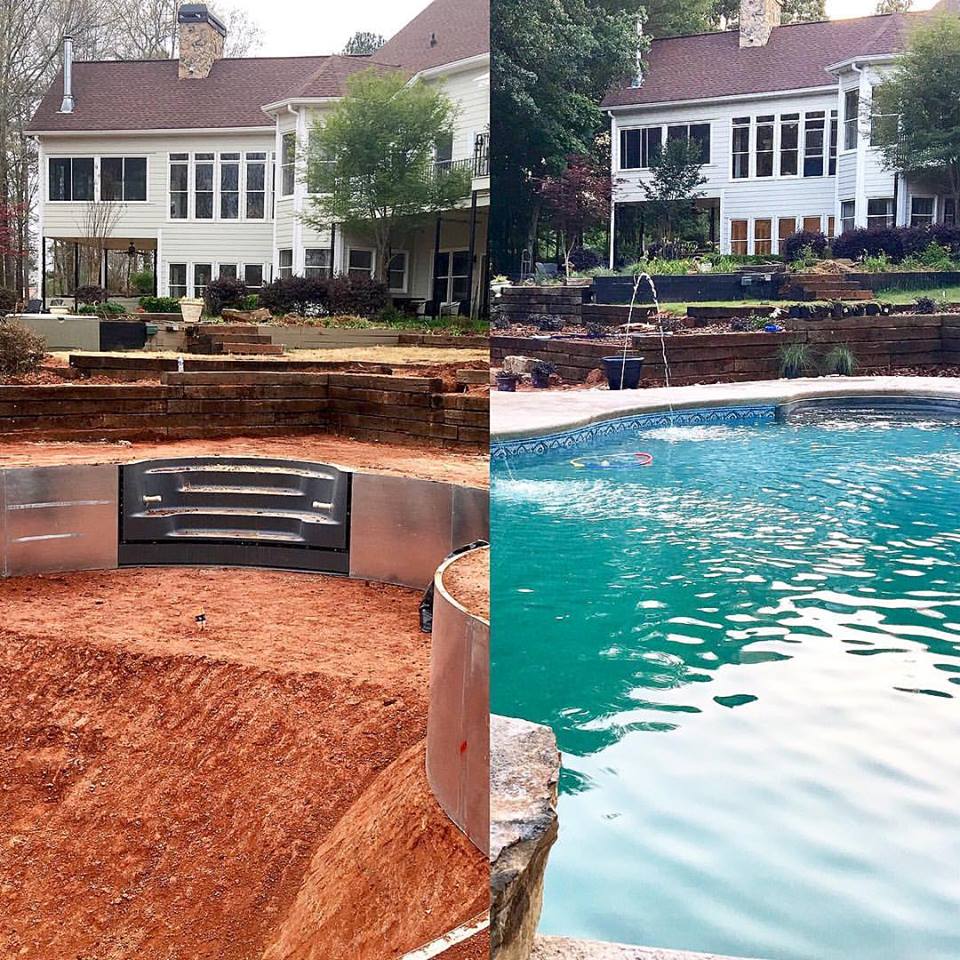
Description: Image showcasing a before-and-after transformation of a swimming pond installation. (Source: Duke Manor Farm)
Shaping Your Sustainable Pond Project: Practical Steps
To embark on your sustainable swimming pond project, follow these actionable steps:
-
Design: Start by sketching the layout of your pond, incorporating designated regeneration zones and swimming areas.
-
Plant Selection: Choose appropriate aquatic plants based on your local climate and aesthetic preferences.
-
Water Quality Maintenance: Establish a routine for regular water testing and maintenance.
-
Regulatory Compliance: Research and acquire any necessary permits based on local regulations.
-
Initial Investment: Be prepared for the financial commitment, typically ranging from $75,000 to $150,000.
By following these steps, you can set the foundation for a thriving and productive pond that enhances both your living space and the environment.

Description: An informative infographic summarizing key steps for creating a sustainable swimming pond. (Source: Clear Comfort)
Conclusion
In summary, creating a sustainable swimming pond that incorporates edible aquatic plants combines beauty with functionality. By selecting plants such as watercress and water mint, you can foster a healthy ecosystem while providing a source of fresh food for your family. Through careful planning, compliance with regulations, and regular maintenance, your pond can thrive, offering a safe and enjoyable swimming experience. Now is the perfect time to dive into the rewarding journey of establishing your own sustainable aquatic oasis in your backyard.
